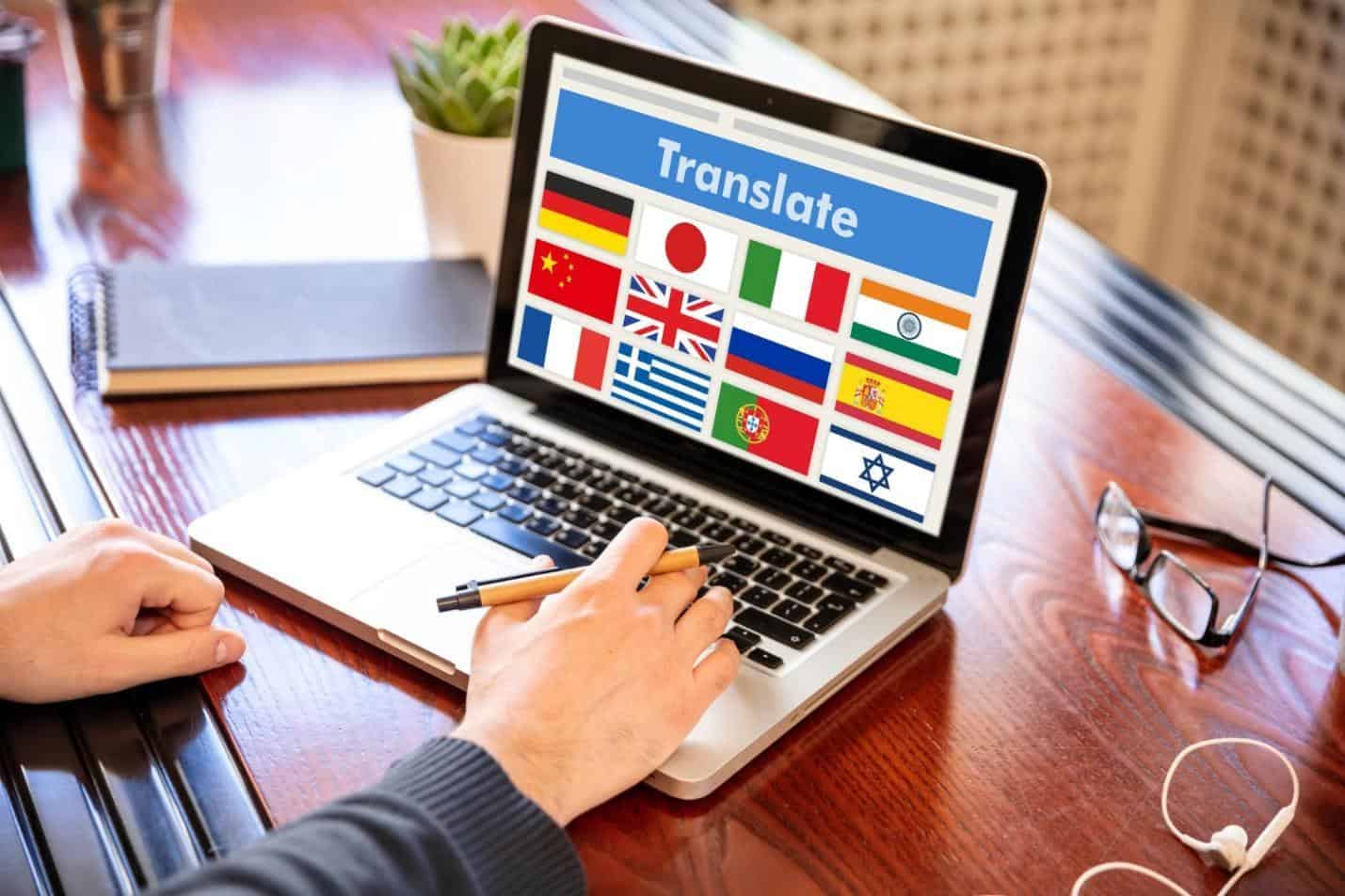In today’s digital landscape, reaching a global audience is more achievable and more necessary than ever before. For non-technical WordPress users, the idea of building a multilingual site might seem daunting. But thanks to modern no-code tools and translation plugins, going global is now within everyone’s reach. This guide breaks down why multilingual sites matter, common challenges, and how easy-to-use solutions can help you expand worldwide-no coding required.

Why Going Multilingual Matters for WordPress Sites
Unlock Global Audiences and Boost SEO
The internet is inherently global, but language remains a significant barrier. By offering your website in multiple languages, you dramatically expand your potential audience. In fact, according to CSA Research, 75% of internet users prefer to browse in their native language, and many won’t engage or even find sites that aren’t localized for them. A multilingual site lets you:
- Reach new markets and demographics that would otherwise be inaccessible.
- Improve user experience, as visitors are more likely to trust and interact with content in their own language.
- Enhance your SEO by ranking for keywords in multiple languages and regions, increasing your visibility on search engines worldwide.
Stay Competitive and Culturally Relevant
As machine translation and localization tools become more advanced and affordable, more businesses are adopting multilingual strategies. This trend is accelerating as companies realize the competitive advantage of catering to diverse audiences and demonstrating cultural sensitivity. Localizing your content doesn’t just mean translating words – it means adapting your message to resonate with local customs, idioms, and expectations, building deeper trust and engagement.

Common Challenges with Traditional Translation Methods
Manual Work and Maintenance Headaches
Historically, creating a multilingual WordPress site meant a lot of manual labor: translating every page, post, and product, then keeping all versions in sync as your site evolves. This process is time-consuming and error-prone. Even small changes like updating a headline or adding a new product require duplicating your effort across every language.
Plugin Conflicts and Compatibility Issues
WordPress’s flexibility is a double-edged sword. Not all themes and plugins play nicely with translation tools. You might encounter:
- Conflicts between translation plugins and other extensions, leading to broken layouts or lost functionality.
- Incomplete translations, where certain theme or plugin strings refuse to translate, resulting in a patchwork user experience.
- Updates to themes or plugins that overwrite translation files or break existing translations, forcing you to redo work or troubleshoot technical issues.
Consistent Quality and SEO Concerns
Maintaining consistent translation quality across your entire site is tough, especially if you rely on multiple translators or a mix of manual and automated methods. Plus, if your translation plugin doesn’t handle SEO elements (like hreflang tags, meta descriptions, or language-specific sitemaps), you risk missing out on the full SEO benefits of going multilingual.
No-Code Translation Tools: Simplifying the Process
What Are No-Code Translation Tools?
No-code translation tools are plugins and services designed for non-technical users. They allow you to add, manage, and optimize translations without touching a line of code. These tools typically offer:
- Visual editors for translating content directly on your site, so you can see changes in real time.
- Automatic translation powered by AI or third-party services, which you can then refine manually for accuracy and tone.
- Seamless integration with popular CMS, themes and plugins, ensuring your entire site – menus, widgets, forms, and even e-commerce products – can be translated with ease.
Key Features to Look For
When choosing a no-code translation solution, prioritize these features:
- SEO Support: Look for plugins that generate SEO-friendly URLs, manage hreflang tags, and allow search engines to index your translated pages. This ensures your site ranks well in every language you support.
- Plugin and Theme Compatibility: The best tools work out-of-the-box with major WordPress plugins (like WooCommerce, Elementor, and Yoast SEO) and popular themes, minimizing the risk of conflicts or missing translations.
- Ease of Use: A simple, intuitive interface is crucial. Visual editors and clear setup wizards make the process accessible for everyone, not just developers.
- Performance and Scalability: Multilingual sites can be resource-intensive. Choose solutions that optimize for speed and scalability, using caching and content delivery networks (CDNs) to keep your site fast worldwide.
A Note on Modern Solutions
Recent advances in translation plugins focus on automation, compatibility, and SEO best practices. These tools are designed to help you translate not just posts and pages, but also plugin and theme strings, ensuring a consistent experience across your entire site. They also offer tips for multilingual SEO and local optimization, helping you maximize your global reach without technical headaches.
Final Thoughts
Expanding your WordPress site to new languages no longer requires technical expertise or endless manual effort. With the right no-code translation tools, you can:
- Simplify the translation process, using visual editors and AI-powered automation.
- Ensure compatibility with your favorite themes and plugins, minimizing maintenance issues.
- Boost your SEO and user experience, reaching new audiences and building trust worldwide.
- Scale efficiently, as modern plugins are built to handle growing content and traffic without slowing down your site.
If you’re ready to take your WordPress site global, start by mapping out your target languages and choosing a user-friendly translation plugin that fits your needs. The world is waiting – make your content accessible to everyone, everywhere, with just a few clicks.